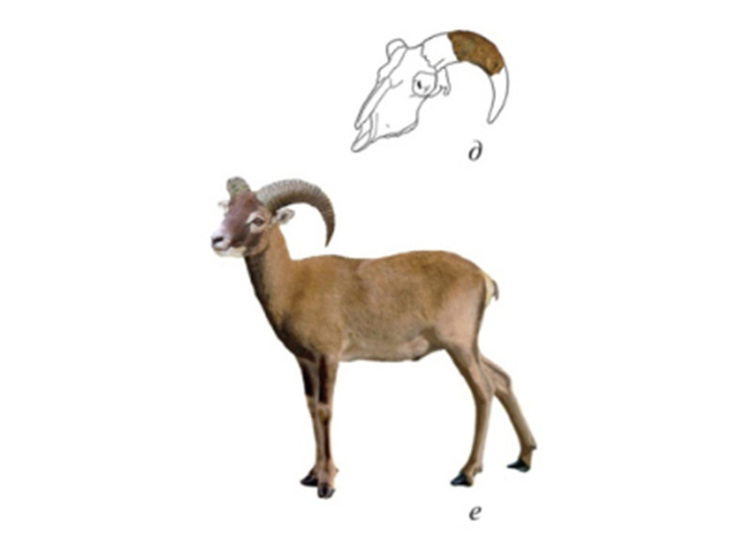This is the oldest such species on the territory of Russia
The eighth species of ram — the Slender Sheep (Ovis gracilis) — was identified by Russian paleontologists. The remains of this ancient animal, about 2 million years old, were found in the Crimean cave of Tauris among the remains of many other ancient animals.
 Photo courtesy of PIN RAS
Photo courtesy of PIN RAS
Let us recall that the Tavrida cave, the length of the open passages of which is currently 2050 meters, was opened in 2018 during the construction of the Tavrida federal highway.
It contained many fossil remains of ancient animals that lived approximately 1.5 million years ago, in the early Pleistocene. It was established that the cave served as a den for several dozen animals, including a giant predatory short-faced hyena, a southern mammoth, two species of horses, two species of rhinoceroses, a saber-toothed cat, a giant ostrich and several species of ancient birds. Not so long ago, among the bones of the ancient inhabitants of the cave or their victims, the bones of an ancient ram were also found.
It is known that before this find there were 7 known species of Ovis sheep: these are the Argali, the Domestic sheep, two Bighorn sheep (from North America and northeastern Siberia), the Dall thin-horned sheep, the Mouflon and the Urial. Although Ovis has been known in the fossil record since approximately 3.5 million years ago, finds older than 1 million years have been very rare worldwide. Those that were found in Taurida did not belong to any previously known species of Ovis.
As reported to MK at the Paleontological Institute of the Russian Academy of Sciences, the fossil remains of this animal are a horny shaft, upper and lower jaws and metapodia ( long bones that formed the lower limb of the animal) date back to 1.8–1.5 million years. Due to the relatively small size that the sheep had, and its slender tubular bones of the limb, it was called Ovis gracilis (Slender Sheep).
The remains of Ovis in Taurida turned out to be one of the oldest in Europe and the first to indicate the presence of Ovis in Early Pleistocene of Crimea. Their study will provide new information about the early history of these mountain animals in Europe.
Scientists have already established that the Slender Sheep was mixed-eating — it could feed on plants on the gentle slopes of mountains, in open spaces with bushes and even in the savannah. The ancestor of this new species may have been Protovis himalayensis from the Western Himalayas of Tibet.


